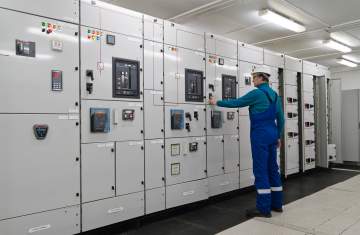Effective electrical system design ensures safety, dependability, and efficiency in any construction or infrastructure project. Whether you're creating an Electrical System Design for a residential, commercial, or industrial area, keep these five important factors in mind to ensure success.
Load Calculation and Capacity Planning:
Understanding the electrical load requirements is the foundation of all electrical designs. Accurate load estimations ensure that the system can meet the predicted demand without overloading. Proper capacity planning aids in the selection of the appropriate size of transformers, wires, and circuit breakers, ensuring the system runs efficiently and safely.
Safety and Compliance with Standards:
Compliance with safety norms and standards, such as the National Electrical Code (NEC) or local legislation, is essential. Compliance assures that the system is intended to avoid electrical risks such as short circuits, overloads, and fires. Grounding, circuit protection, and emergency shutoffs are all critical safety elements that must be included to protect both occupants and the structure.
Energy Efficiency and Sustainability:
Designing an energy-efficient electrical system saves operational expenses while simultaneously minimizing environmental effects. Using energy-saving technologies such as LED lighting, energy-efficient motors, and automated control systems can drastically reduce energy use. Incorporating renewable energy sources, such as solar or wind power, into the electrical design may also be considered sustainable.
Future-Proofing and Scalability:
A well-designed electrical system should allow for future development and technological advancements. Planning for scalability enables simple upgrades or additions without requiring substantial changes. This includes flexible wire layouts, adequate panel space, and future integration of smart technologies and IoT devices.
System Reliability and Redundancy:
Reliability is essential in electrical system design, particularly in important applications such as hospitals, data centers, and industrial facilities. Designing for redundancy, such as including backup power sources and parallel circuits, ensures that the system continues to operate even if a component fails. Regular maintenance planning and monitoring systems also help to ensure long-term reliability.
Conclusion:
By focusing on these essential elements, you can design an electrical system that fulfills current needs while remaining flexible to future requirements, assuring both safety and efficiency.
Voltas Engineering is a trusted engineering consultant in Surrey, BC, specializing in electrical, HVAC, and building envelope design. They deliver tailored, efficient, and compliant solutions for residential, commercial, and industrial projects.





Comments